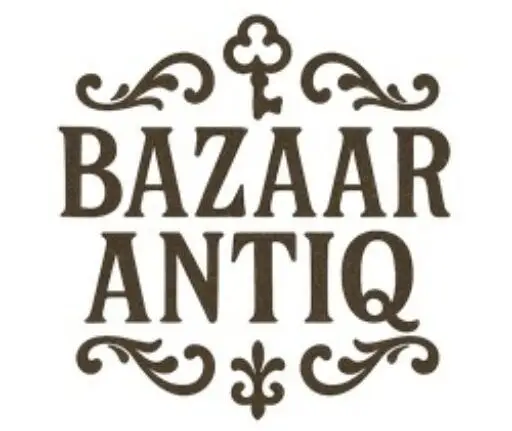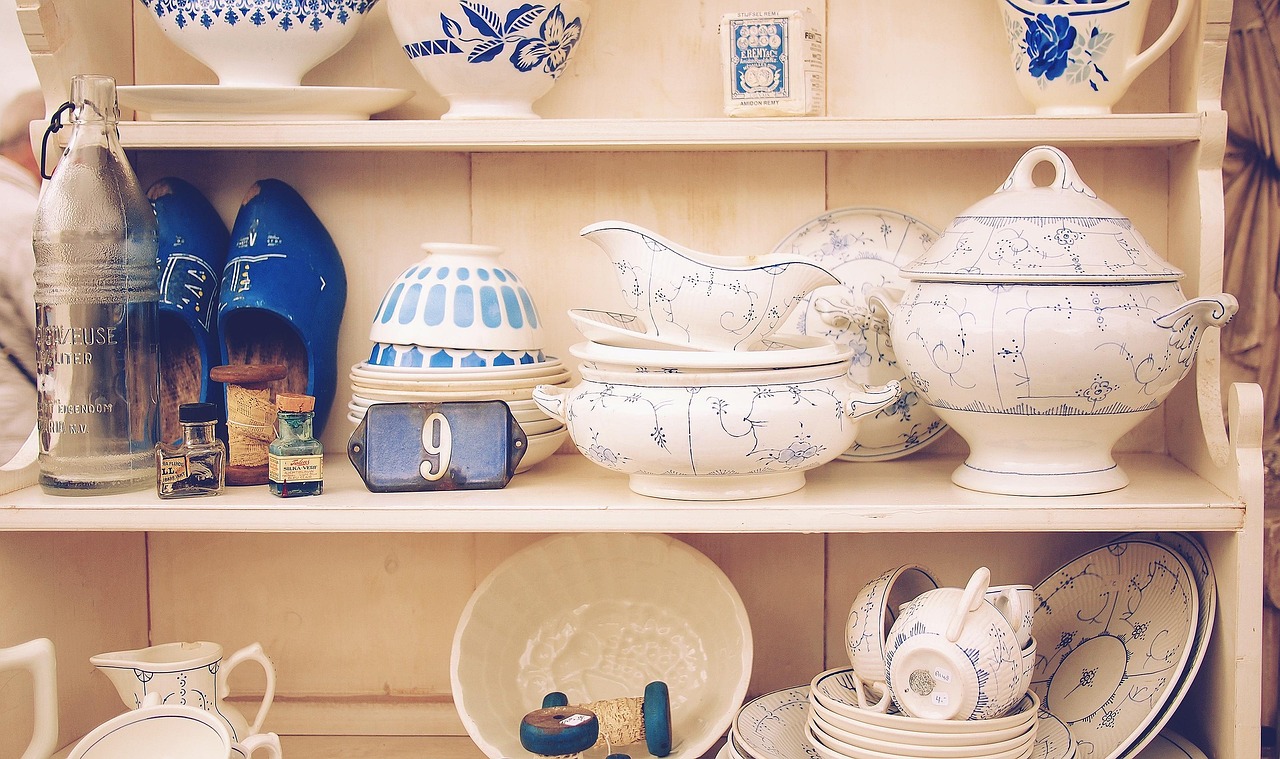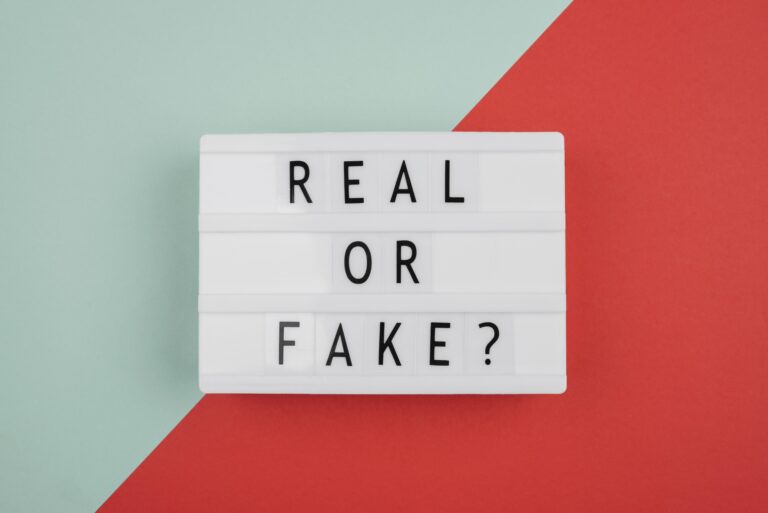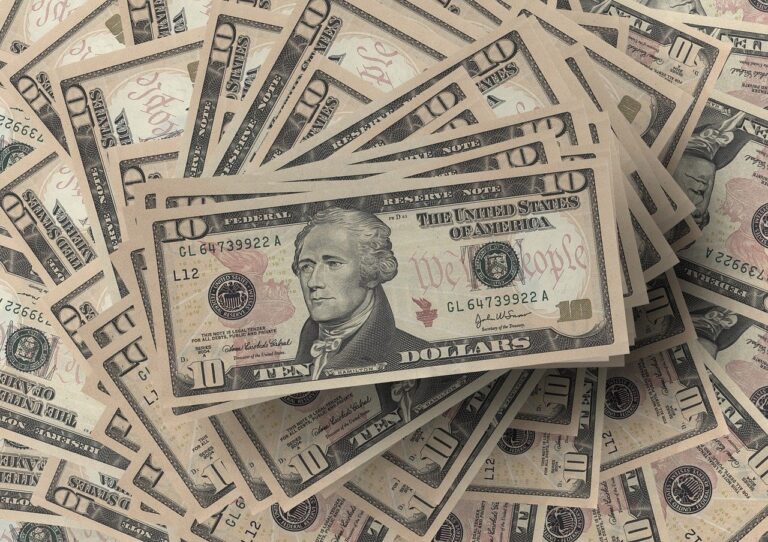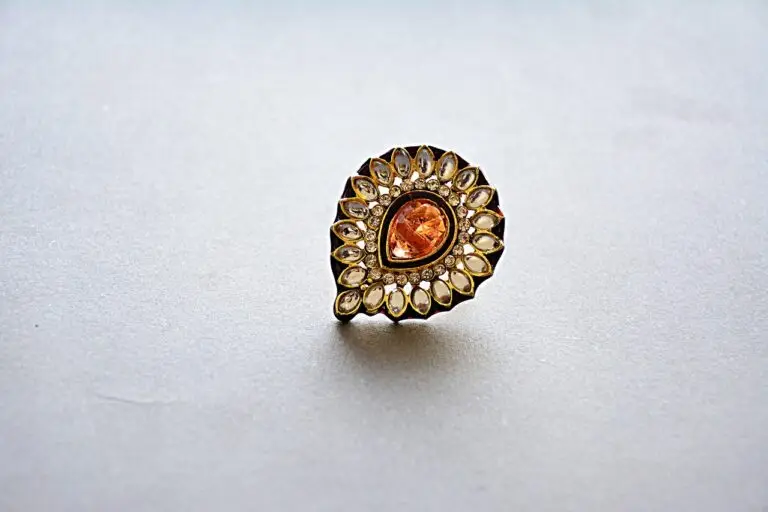How to Authenticate Antique Porcelain: A Collector’s Guide
Introduction
Antique porcelain is a treasure for collectors, but the market is flooded with reproductions and fakes. Knowing how to authenticate genuine pieces can save you from costly mistakes and enhance your collection’s value. Whether you’re browsing Bazaarantiq.com or a local estate sale, this guide will walk you through the essential steps to verify antique porcelain, from examining marks to understanding craftsmanship. Let’s dive into the world of porcelain authentication with practical tips and historical insights.
Why Authentication Matters
Authentic antique porcelain, such as 18th-century Meissen or Qing Dynasty Chinese pieces, can fetch thousands of dollars. However, forgeries have become sophisticated, mimicking everything from glaze to maker’s marks. Authenticating a piece ensures you’re investing in a genuine artifact with historical and monetary value. Plus, it protects the integrity of your collection and supports ethical trading in the antiques market.
Step 1: Examine the Maker’s Marks
Most antique porcelain bears a maker’s mark—a symbol, signature, or stamp indicating its origin. For example, Meissen’s crossed swords or Sèvres’ double-L mark are iconic. However, marks alone aren’t foolproof, as forgers often replicate them.
- What to Look For: Research the specific mark associated with the piece’s alleged maker. For instance, Dresden porcelain often features a blue crown, but variations exist across periods. Use reference books like Kovels’ Antiques & Collectibles Price Guide or online databases to compare marks.
- Red Flags: Blurry or overly perfect marks can indicate a reproduction. Genuine marks often show slight imperfections due to hand-application. If the mark looks laser-printed, it’s likely modern.
Pro Tip: On Bazaarantiq.com, check seller descriptions for mark details and request close-up photos if they’re missing.
Step 2: Assess the Material and Glaze
Antique porcelain has distinct material characteristics. Porcelain from the 17th to 19th centuries, such as Chinese export or European hard-paste, feels dense and smooth. The glaze should have a natural, slightly uneven sheen.
- Hard-Paste vs. Soft-Paste: Hard-paste porcelain (e.g., Meissen) is fired at high temperatures, making it durable and translucent when held to light. Soft-paste (e.g., early Sèvres) is softer and less translucent. Test by gently tapping the piece—it should ring like a bell if it’s high-quality porcelain.
- Glaze Clues: Look for crazing (fine cracks in the glaze), which is common in older pieces but rare in modern fakes. Uneven glaze pooling or tiny bubbles can also indicate age.
Caution: Avoid pieces with overly glossy, uniform glazes, as these often signal mass-produced replicas.
Step 3: Study the Craftsmanship
Antique porcelain showcases meticulous handwork. Examine the piece for signs of artisan skill:
- Painting and Decoration: Hand-painted designs, like those on Kangxi-era Chinese porcelain, show slight variations in brushstrokes. Machine-printed patterns are uniform and lack depth.
- Molding and Details: Check for hand-molded details, such as raised floral motifs or sculpted figures. Imperfections, like slight asymmetry, suggest handcrafting, while perfect uniformity points to modern production.
Example: A Qianlong vase might have delicate enamel work with subtle color gradients, whereas a fake might use decals that peel under scrutiny.
Step 4: Understand the Historical Context
Every antique porcelain piece tells a story tied to its era and origin. Familiarize yourself with the history of major porcelain producers:
- Chinese Porcelain: Qing Dynasty (1644–1912) pieces often feature intricate motifs like dragons or peonies. Reign marks (e.g., “Made in the Reign of Yongzheng”) are common but often forged, so cross-reference with style and glaze.
- European Porcelain: Meissen (Germany, 1710–) and Sèvres (France, 1756–) pioneered European porcelain. Their early pieces reflect Rococo or Neoclassical styles, which changed over time.
Resource: Visit Bazaarantiq.com’s blog for period-specific guides or consult museum collections like the Victoria and Albert Museum’s online database.
Step 5: Get a Professional Appraisal
If you’re unsure about a piece’s authenticity, consult an expert. Professional appraisers use tools like UV lights to detect repairs or modern glues and can verify marks against historical records. For high-value items, this step is crucial before purchasing.
- Where to Find Appraisers: Check the American Society of Appraisers or local auction houses. Some sellers on Bazaarantiq.com may offer appraisal certificates—always verify these with a third party.
- Cost: Expect to pay $50–$200 per item, depending on complexity.
Common Pitfalls to Avoid
- Over-Reliance on Marks: Forgers replicate marks, so always combine mark analysis with material and style checks.
- Ignoring Provenance: A documented history (e.g., auction records or family heirloom papers) adds credibility. Ask sellers for provenance details.
- Buying Without Inspection: Always request to handle or closely inspect pieces, especially for high-value items listed on platforms like Bazaarantiq.com.
Conclusion
Authenticating antique porcelain requires a blend of research, observation, and skepticism. By examining marks, materials, craftsmanship, and historical context, you can confidently identify genuine pieces. Whether you’re a seasoned collector or a beginner, these skills will help you navigate the antique market and find treasures on Bazaarantiq.com. Start with one piece, practice these techniques, and build a collection that tells a story of history and craftsmanship.
